Humans Just Killed Off These 12 Animals, And You Didn’t Even Notice
Over the past decade, we’ve wiped out mammals, birds, amphibians and more. And it’s all to our own detriment.
Before It’s Too Late
From the smallest springtail to the largest rhinoceros, the loss of any species is a tragedy.
“All species are ecosystem engineers, which means that the way they modify the environment around them can foster new environments for other organisms to live in,” Mark Williams, a paleobiology professor at England’s University of Leicester, told HuffPost.
For certain “keystone” species, which play critical roles in their environments, an extinction could mean the collapse of entire ecosystems. There are also species that “belong to very ancient groups. [Losing those] would be one major component of the evolutionary story of life on Earth wiped out forever,” Williams said.
The loss of animal species can also affect humans. “We’re losing services that are valuable, even critical, to people,” Barnosky said. “For example, commonly used high blood-pressure medications were derived from a little-known and highly poisonous snake that lives in jungle environments, the fer-de-lance.”
Scientists have estimated that the biosphere ― all the parts of the world where life exists ― provides services to humans worth about $33 trillion a year. The benefits of conserving species outweigh the costs of doing so by a factor of 100, according to a 2002 study.
Ceballos says that species extinctions can also have profound knock-on effects ― potentially even threatening kind’s own survival.
“Imagine that you are in a room where the walls are made of bricks. If a brick is lost, the wall will not collapse, but will start to work less efficiently,” said Ceballos. “But if you continue to take bricks, the wall will eventually collapse. In environmental terms, [a brick is a species] and the collapse will be a collapse of environmental services and eventually the collapse of civilization.”
Humans could kill off two-thirds of all wildlife by 2020, according to an October WWF report. If we continue at the rate we’re going, “we are likely to be left with an impoverished biodiversity for several million years to come,” said Williams.
He stressed, however, that it is not to late to turn the tide. “We might be on the brink of a mass extinction, but we can still avoid it!” Williams said. “We haven’t lost the biodiversity yet. All is to play for.”
Humans would need to fundamentally change consumption habits and treatment of the planet in order to do so, scientists say, and there is little time to waste.
“When we’re going to start seeing impacts more locally ― your favorite lake dries up or your favorite species is no longer there ― maybe at that point you start thinking longer-term,” said Colby Loucks, senior director of WWF’s Wildlife Conservation Program, in an interview earlier this year. “But at some point the earth is going to say ‘enough.’ And that’s going to be catastrophic.”

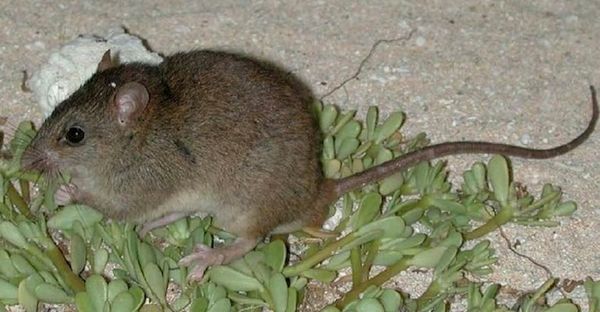
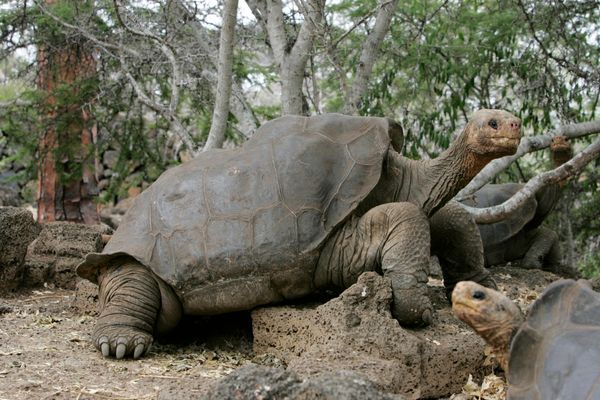
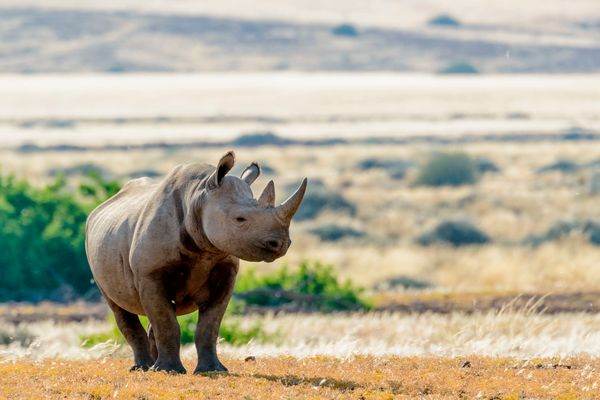

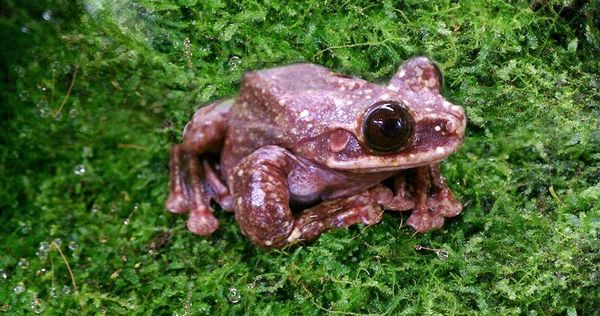
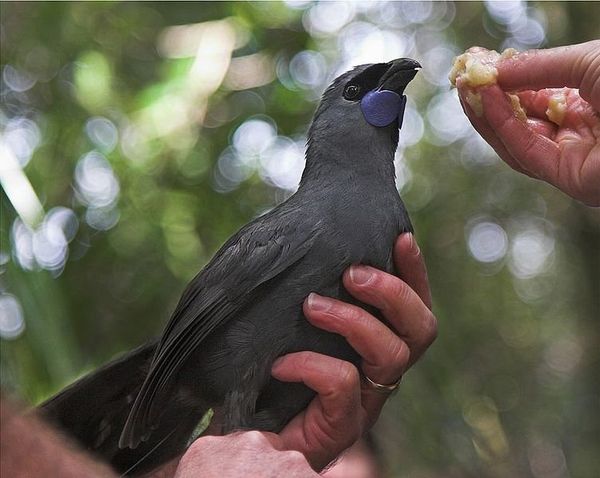
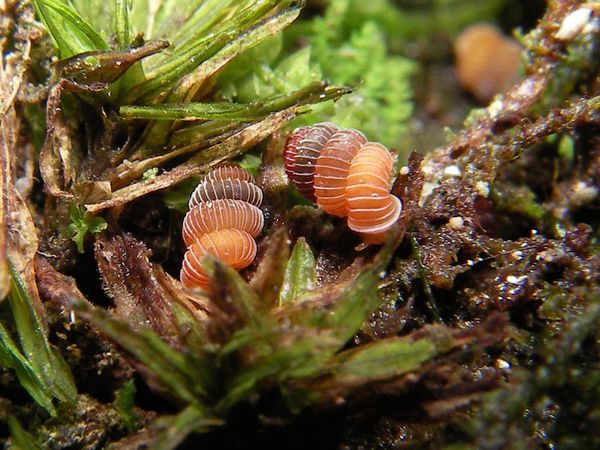
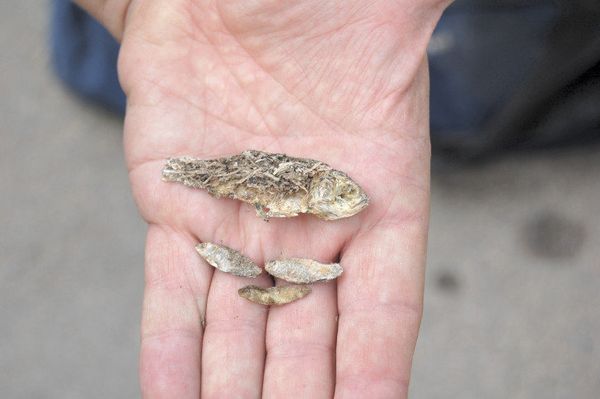
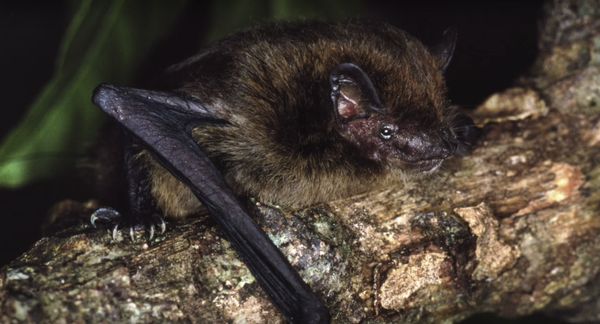
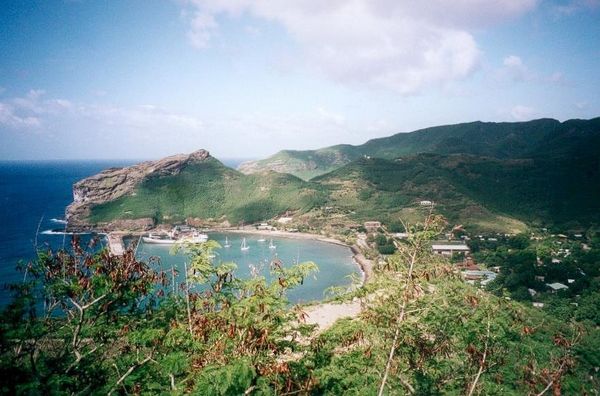
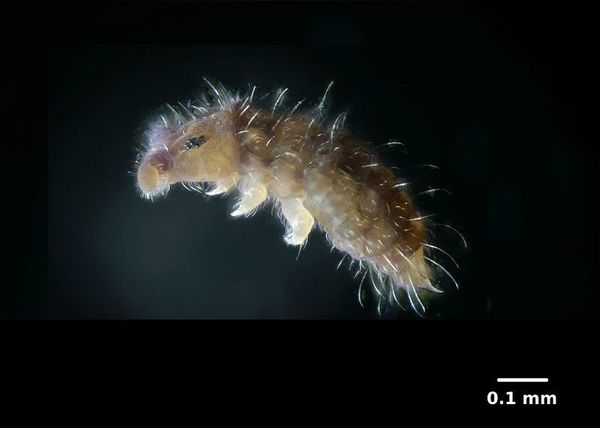
No comments:
Post a Comment